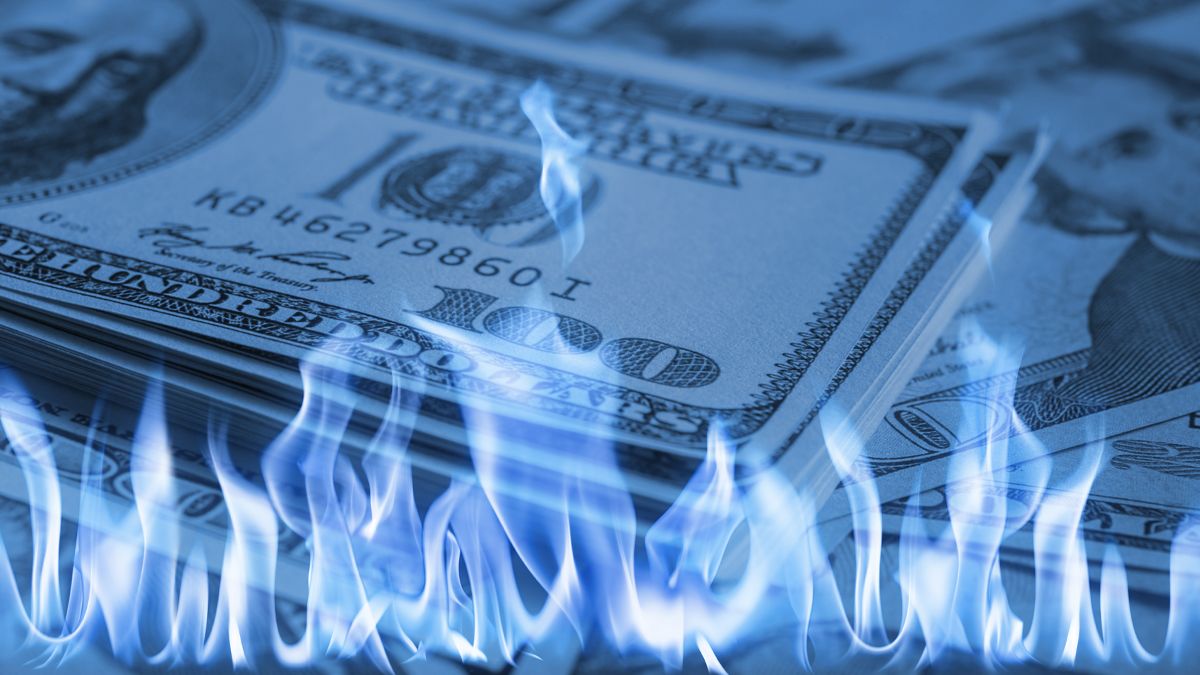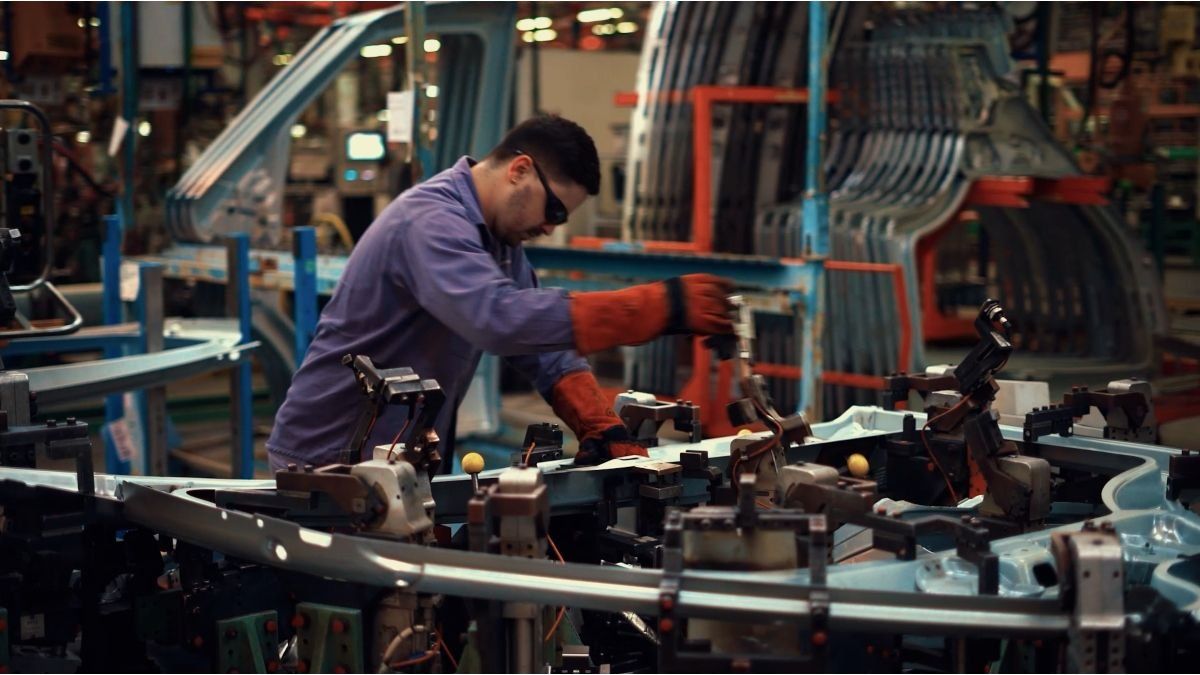Thus, the exchange rate gap with the wholesale official exchange rate shot up to 160%, the highest level in 40 years.
This Thursday, the Government announced that it will facilitate the liquidation of foreign currency from foreign touristswho will be able to sell up to US$5,000 at the financial exchange rate (MEP)and that it will improve the conditions of access to the exchange market for the payment of imports of inputs for “strategic sectors”.
The informal dollar had climbed another $16 on Wednesday, with which in the last three rounds it accumulates an advance of $46.
“The movements that we are seeing in the exchange rate respond to two factors, on the one hand, a growing distrust in the peso and the government’s ability to move towards macroeconomic balances that reduce risk”, said Eugenio Marí, an economist at the Fundación Libertad y Progreso. “The monetary issue festival that the Central Bank has been carrying out, which has flooded the peso market, logically makes its value fall”he added.
The pressure on the exchange rate has been maintained since the BCRA tightened the exchange rate clamp on companies, at the end of June, and has accelerated since the resignation of the then Minister of Economy, Martin Guzmanearlier this month.
The arrival of Silvina Batakis to take its place, and the announcement last Monday of a series of measures aimed at reducing the high fiscal deficit have so far failed to calm the tension over parallel exchange rates.
Blue dollar price in July
During July, the blue dollar accumulates a rise of $99, which represents its biggest monthly advance in the year so far, after ending June at $238.
Let us remember that in June, the informal dollar advanced $31 (+15%), after rising $6.50 (3.2%) in May.
The parallel dollar rose 50 cents in April, and lost $11 in March, its worst performance in 14 months. Last February, it fell $6.50 (-3%), after rising $5 or 2.4% in January.
Price of the blue dollar in the year
So far this year, the informal dollar advances $129 after closing 2021 at $208.
During the past year, the blue dollar registered a rise of 25.3% ($42), half compared to the inflation of the period (50.9%). However, it is worth remembering that in 2020 it had shown a sharp jump of 111% (compared to 36% inflation).
What is the blue dollar?
The value of the blue dollar has a substantial difference with the official dollar, which is acquired in banks and has an established price. Its sale is in the informal market, without regulations or limits, and for this reason it is generally operated at a value greater than the official dollar.
Why is it called the blue dollar?
The origin of the blue dollar as a denomination for the operation of the banknote in the informal market is not clear. But there are theories.
An explanation of its name indicates that it is so called because in English, “blue”, in addition to naming the color blue, refers to something “dark”.
Another theory relates it to purchase operations through bonds or shares of companies known as “blue chips”. They also link it to the approximate color that appears when a fibron is applied to detect counterfeit bills.
Savings and tourist dollar quote
The savings dollar or solidarity dollar-which includes 30% of the COUNTRY tax and the deductible 35% of Income Tax and Personal Assets- it rose 36 cents to $224.93.
The tourist dollar or card -retailer plus COUNTRY Tax, and a perception of 45% deductible from Income Tax and Personal Assets- advanced 38 cents to $238.56.
More news about the Blue Dollar and the Dollar
Source: Ambito
David William is a talented author who has made a name for himself in the world of writing. He is a professional author who writes on a wide range of topics, from general interest to opinion news. David is currently working as a writer at 24 hours worlds where he brings his unique perspective and in-depth research to his articles, making them both informative and engaging.




